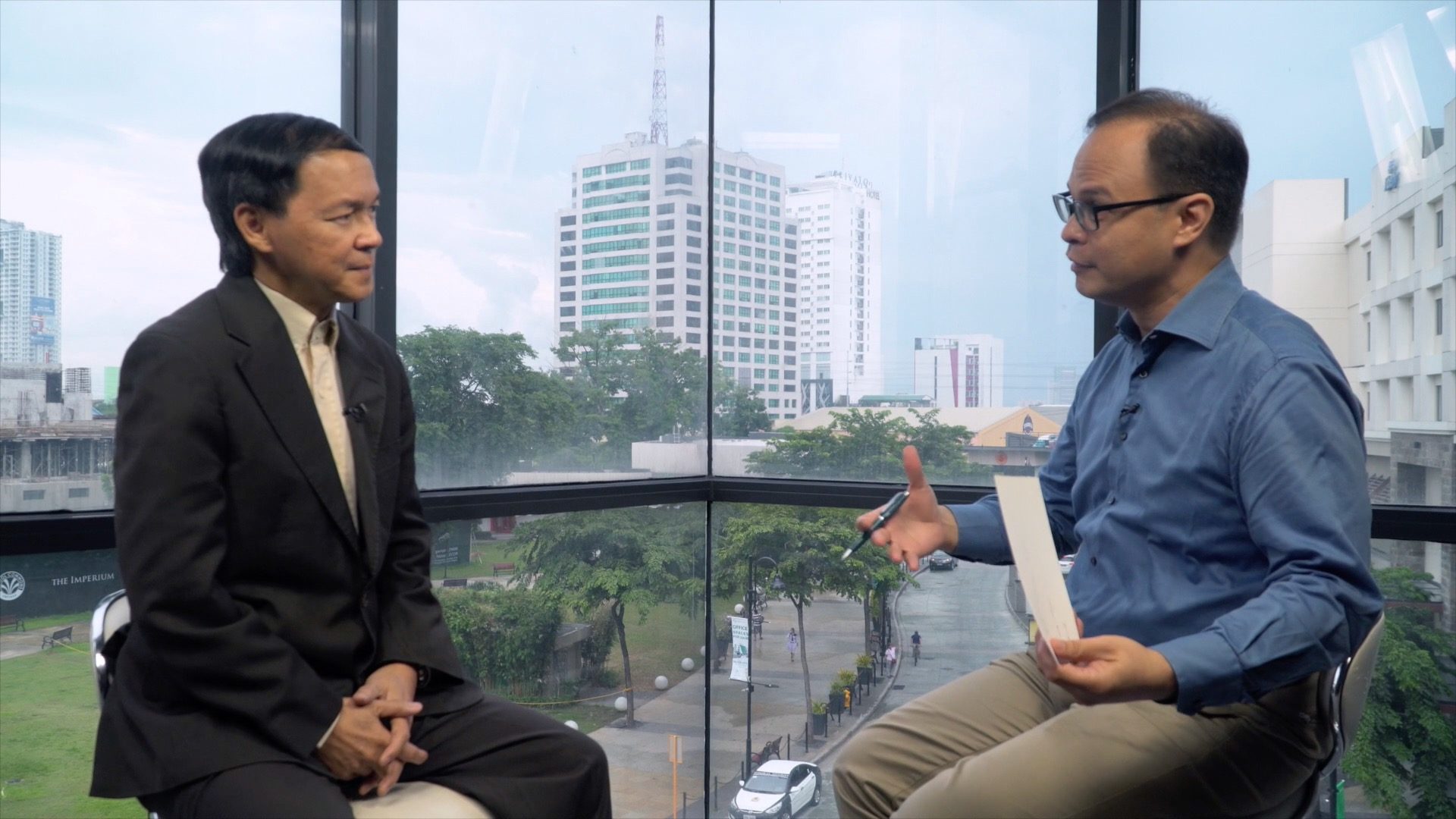SUMMARY
This is AI generated summarization, which may have errors. For context, always refer to the full article.

MANILA, Philippines – Joseph Estrada is the first mayor to rise to president since our first chief executive, Emilio Aguinaldo, one-time gobernadorcillo of Cavite Viejo. Until Estrada and Rodrigo Duterte, all the rest had been governors, congressmen, senators and vice presidents. But not mayors. Manila’s Arsenio Lacson had a shot in 1965, the election Marcos won, but he died 3 years earlier at 49.
Estrada certainly feels an affinity with Lacson. The portraits in the rotunda outside his office are in chronological order except for Lacson, whose likeness is now beside Estrada’s, both directly facing his chambers. In 2013, Estrada inaugurated a statue of Lacson at the very center of the plaza in front of city hall.
They all loved being mayor.
Lacson, like Duterte, tried congress but preferred being mayor. Estrada liked it so much that he went back to being mayor and likes being called “President-Mayor.” The 3 are more “masa” than most of our other presidents, and being so close to their constituents probably appealed to that part of their personality. They’re all also creatures of media: Lacson wrote wrote columns. Estrada was a film star. Duterte went from Davao to Malacañang on the back of social media. All were good, flamboyant copy.
But until recently, there was no biography of this member of “the best president we never had” club.
I love history and biography and am always sad that there are quite few about the Philippines and Filipinos. Most of them are academic books, many of which are difficult to read even for a history buff.
Most of the rest – especially biographies – are family-funded books. I’m thankful for those and many of them are good reads. But because they are family-funded, they tend to be of people whose families are or have remained rich enough to publish a book. And because they’re family-funded, you always wonder whether there are stories the family made off-limits.
The reason, of course, is because there are not enough readers and buyers of such books. So in many cases, a local publishing company will only proceed if someone – usually a family – hires a writer and agrees to cover all or a part of the printing expense. The company takes little or no risk. At least one well-known publishing company is cutting back on “serious” books to focus on lighter, more popular fare.
Rare find
So it is rare to find a book like Lacson of Manila, the biography of Mayor Arsenio Lacson, who died more than 50 years ago, and whose family is not in politics or big business. (A son, who goes by his father’s fitting nickname, “Arsenic,” is a department head in the city hall his father once lorded over.)
Jun Brioso, a bank lawyer, says John Grisham’s The Firm inspired him to write in the 1990s. He started out with short stories based on his lawyering experiences, the first of three self-published and money-losing books. Work and a growing family sidelined writing until he transplanted his family to Saudi Arabia. The bank he worked for there left him more leisure time so he started blogging about random topics.
Strolling along Roxas Boulevard on a visit to Manila, he and his family saw the statue of Lacson sitting on a bench on the baywalk. He read the plaque, took some pictures and filed it away. Some time later back in Jeddah, while surfing for possible blog topics, he came across Lacson again. As he blogged about him, he realized there was no full-length biography yet and decided to write a book again. (WATCH: What’s The Big Idea? Arsenio Lacson: The mayor who would be president)
A lot of Brioso’s research was in the National Library, where he pored over newspapers with stories about Lacson or columns by Lacson. He says all or most of this was the actual newspapers, which I’m sure will be gone as the years go by. He found material in Lacson’s schools: Ateneo and UST, including one or two theses.
Because a lot of Brioso’s material comes from newspaper articles and Lacson’s own columns, I’d describe this as a public biography. What Lacson told to and said in front of reporters, what he wrote. We don’t know how close that is to what he said in private, or how he came to his positions.
Lacson would be 104 today, so there would be few contemporaries Brioso could talk to, if he had tried. In fact, he didn’t even contact the family. They contacted him, when they got wind through Brioso’s Facebook that he was working on a book. Brioso says by that time he was almost finished. It was the family who found a Lacson admirer who agreed to cover the printing expenses. (I won’t name the admirer because I haven’t gotten his/her confirmation.)
The family’s contributions are most obvious in the last pages of the book, when Brioso talks about Lacson’s death as well as his relationships with other women, including reported affairs with Imelda Marcos and Charito Solis that are the main reason Lacson is remembered. At least until now. – Rappler.com
Coco Alcuaz is a former Bloomberg bureau chief and former ANC business news head and anchor. He now hosts Rappler’s “What’s the Big Idea?” interview series. You can chat with or follow him on Twitter at @cocoalcuaz
Add a comment
How does this make you feel?
There are no comments yet. Add your comment to start the conversation.